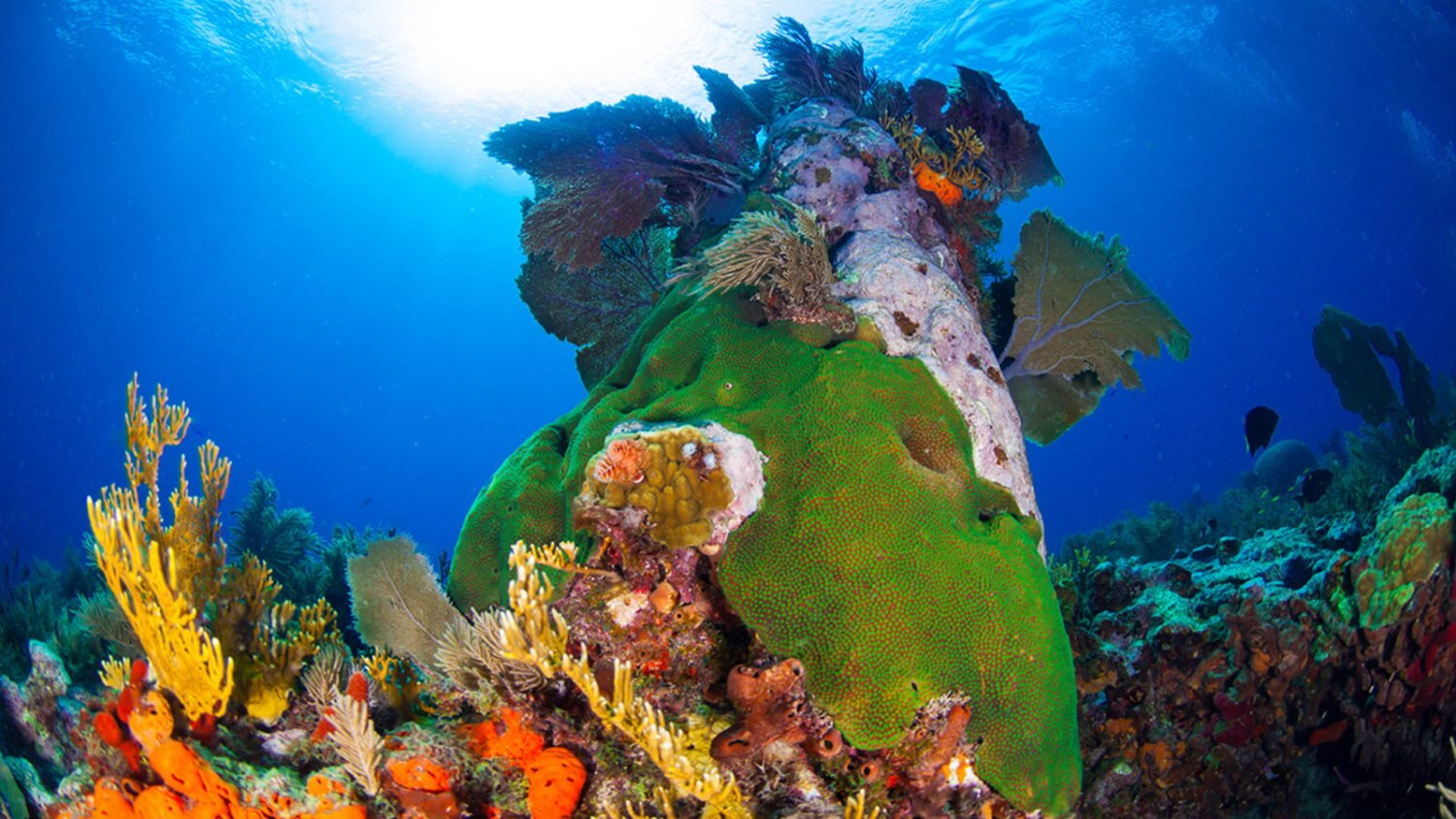Coral Reefs, Seagrasses, and Beyond
Beneath the shimmering surface of the Gulf lies a world teeming with life and wonder. Stretching across 600,000 square miles, the Gulf is home to a vast array of underwater ecosystems that support an incredible diversity of species. From vibrant coral reefs to sprawling seagrass meadows, these habitats not only serve as vital marine ecosystems but also play crucial roles in supporting coastal communities, global biodiversity, and the planet’s health. In this blog post, we dive into the Gulf’s underwater ecosystems, exploring their significance, the challenges they face, and ongoing efforts to protect them.
The Rich Tapestry of Underwater Ecosystems
The Gulf boasts a variety of underwater habitats, each unique in its structure, inhabitants, and ecological roles. Among the most significant are coral reefs, seagrass meadows, and deep-sea environments.
Coral Reefs: The Gulf’s Hidden Jewels
Coral reefs are among the most biologically diverse ecosystems on the planet, and the Gulf is home to some extraordinary examples. The Flower Garden Banks National Marine Sanctuary, located about 100 miles off the coasts of Texas and Louisiana, is a shining example of coral reef biodiversity in the Gulf.
- Biodiversity: Coral reefs in the Gulf provide habitat for countless species, including fish, crustaceans, mollusks, and marine mammals. Iconic species like sea turtles and reef sharks depend on these ecosystems for food and shelter.
- Ecosystem Services: Coral reefs act as natural barriers, protecting coastlines from storm surges and erosion. They also support fisheries and attract tourists, contributing significantly to local economies.
- Threats: Rising sea temperatures, ocean acidification, pollution, and overfishing are placing immense pressure on coral reefs in the Gulf. Coral bleaching events, where stressed corals expel the algae that give them color and energy, have become increasingly common.
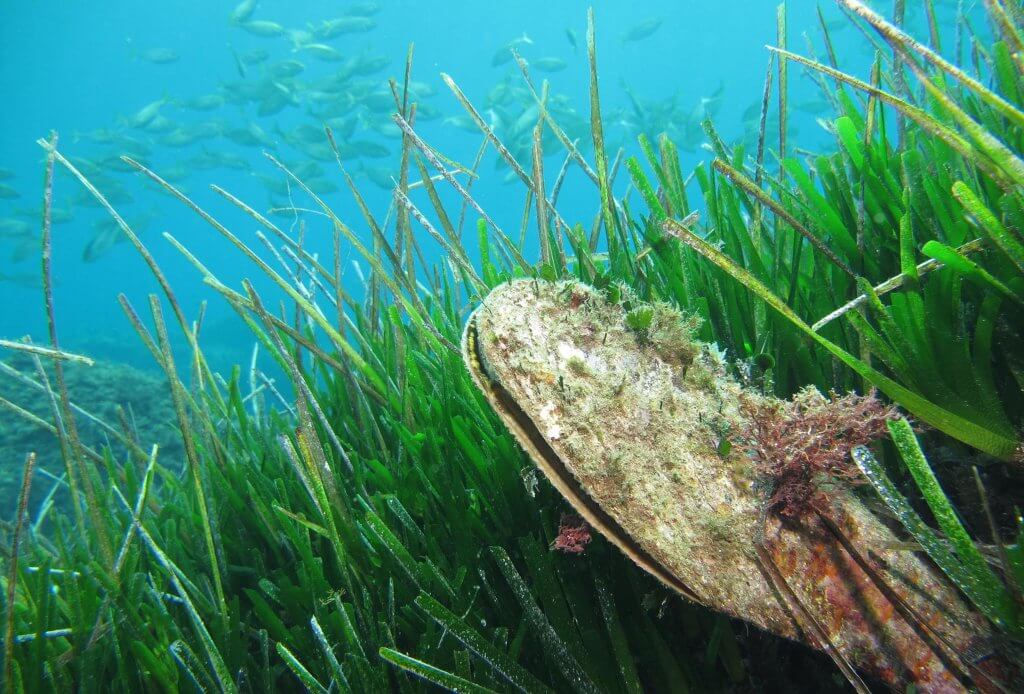
Seagrass Meadows: Underwater Nurseries
Seagrass meadows are another vital ecosystem in the Gulf. Found in shallow, sunlit waters, these underwater meadows are composed of flowering plants that form dense beds on the ocean floor.
- Biodiversity: Seagrass meadows serve as nurseries for juvenile fish, crustaceans, and invertebrates. Species like red drum, snappers, and shrimp rely on these habitats during critical stages of their life cycles.
- Ecosystem Services: Seagrasses are powerful carbon sinks, capturing and storing significant amounts of carbon dioxide. They also help stabilize sediments, improve water quality, and reduce coastal erosion.
- Threats: Seagrass meadows are vulnerable to nutrient pollution, coastal development, and climate change. Boat propeller scars and dredging activities further damage these delicate ecosystems.
Deep-Sea Ecosystems: The Final Frontier
Beyond the coastal waters, the Gulf’s deep-sea environments remain some of the least explored regions on Earth. These ecosystems, found at depths of over 10,000 feet, host unique species adapted to extreme conditions.
- Biodiversity: Deep-sea corals, sponges, and hydrothermal vent communities are just a few examples of the Gulf’s deep-sea biodiversity. Many of these species are still being discovered and studied.
- Ecosystem Services: The deep sea plays a role in nutrient cycling, carbon storage, and supporting fisheries through upwelling processes that bring nutrients to surface waters.
- Threats: Deep-sea ecosystems are at risk from oil and gas extraction, deep-sea mining, and the impacts of climate change. Limited knowledge about these habitats makes conservation efforts challenging.
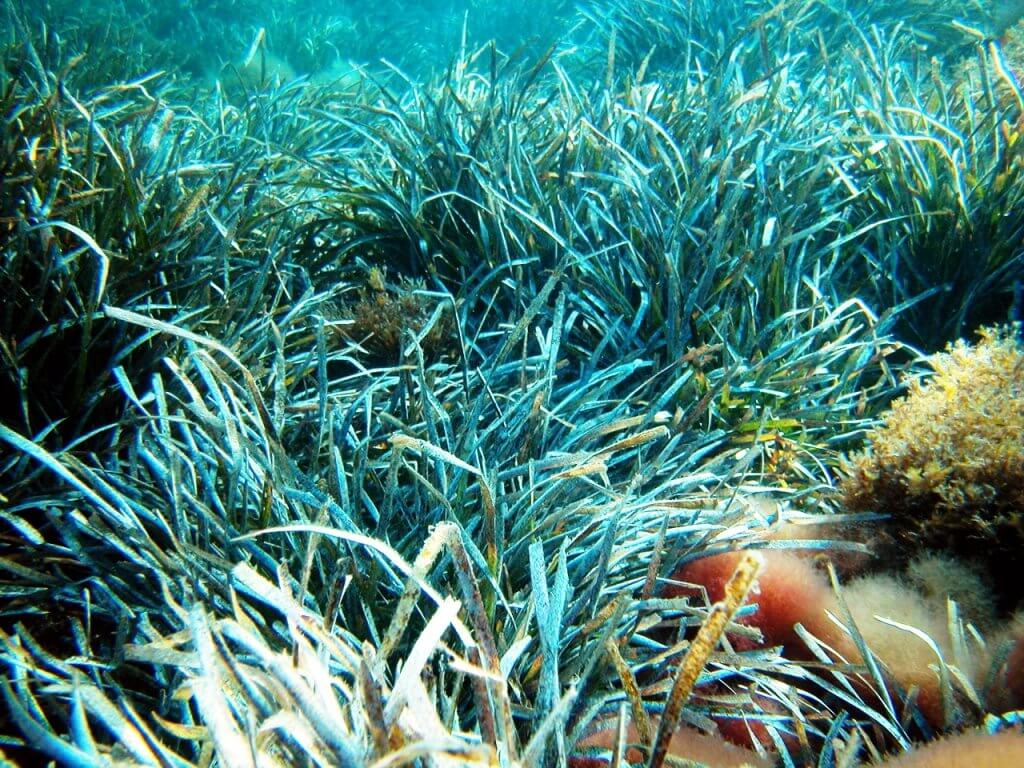
The Importance of Gulf Ecosystems
The Gulf’s underwater ecosystems provide critical benefits not only to marine life but also to human populations. These ecosystems:
- Support Fisheries: Coral reefs and seagrass meadows are essential to the Gulf’s commercial and recreational fisheries, which contribute billions of dollars annually to the regional economy.
- Protect Coastlines: Healthy coral reefs and seagrass meadows act as natural buffers, reducing the impact of waves and protecting coastal communities from storm surges and erosion.
- Combat Climate Change: Coastal habitats like seagrass meadows and mangroves sequester carbon, helping mitigate the effects of climate change.
- Enhance Tourism: Recreational activities such as scuba diving, snorkeling, and fishing depend on the health of these ecosystems, drawing millions of visitors to the Gulf each year.
Challenges Facing Gulf Ecosystems
Despite their importance, the Gulf’s underwater ecosystems face numerous threats that jeopardize their health and resilience:
- Climate Change: Rising sea temperatures and ocean acidification are altering habitats and causing widespread coral bleaching.
- Pollution: Agricultural runoff, plastic waste, and oil spills introduce toxins and nutrients that degrade water quality and harm marine life.
- Coastal Development: Expanding urban areas and tourism infrastructure disrupt natural habitats and increase sedimentation in coastal waters.
- Overfishing: Unsustainable fishing practices deplete key species and disrupt ecological balance.
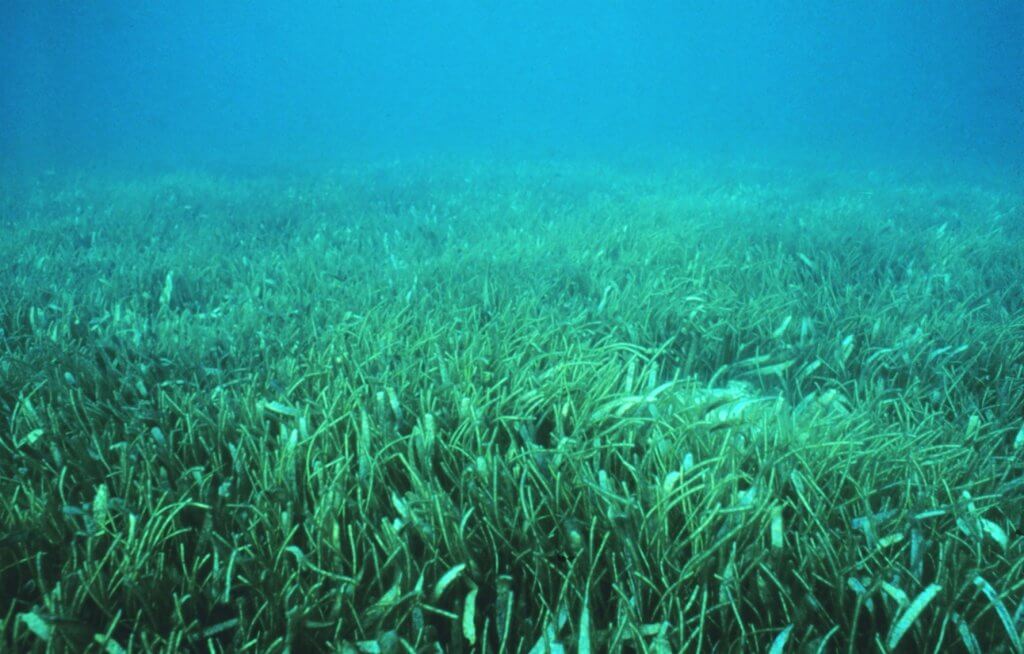
Conservation and Restoration Efforts
Efforts to protect and restore the Gulf’s underwater ecosystems are gaining momentum. Governments, non-profits, scientists, and local communities are working together to address the challenges.
Marine Protected Areas (MPAs)
Marine protected areas, like the Flower Garden Banks National Marine Sanctuary, play a critical role in conserving the Gulf’s ecosystems. MPAs restrict harmful activities, allowing habitats and species to recover and thrive.
Coral Restoration Projects
Coral nurseries and transplantation programs are helping to restore degraded reefs. Scientists grow corals in controlled environments and then replant them on damaged reefs, boosting biodiversity and resilience.
Seagrass Restoration
Restoration projects involve planting seagrass shoots and protecting existing meadows from further damage. Efforts to reduce nutrient runoff and sedimentation are also essential to seagrass recovery.
Sustainable Practices
Promoting sustainable fishing, reducing plastic use, and implementing green infrastructure are vital steps toward reducing human impacts on the Gulf’s ecosystems.
Research and Education
Scientific research is essential for understanding the Gulf’s ecosystems and the threats they face. Public education campaigns raise awareness about the importance of these habitats and inspire community involvement in conservation efforts.
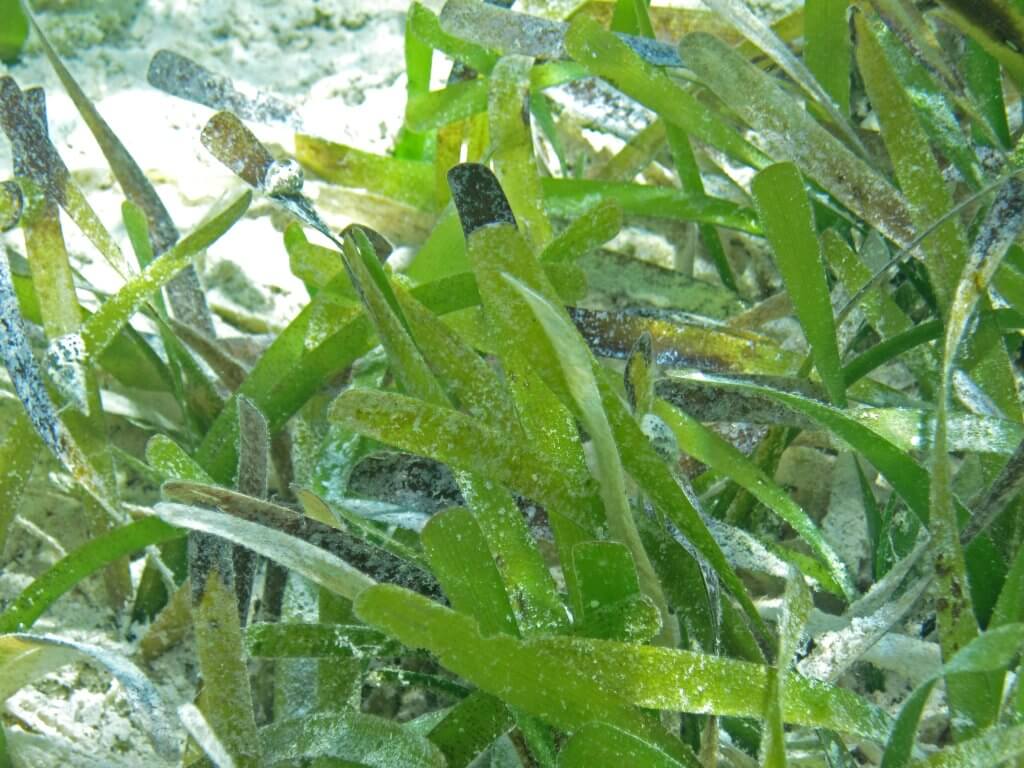
The Future of the Gulf’s Underwater Ecosystems
The Gulf’s underwater ecosystems are at a crossroads. With proactive conservation measures, innovative restoration techniques, and widespread public engagement, it is possible to protect and restore these vital habitats. The future of the Gulf depends on our ability to balance human activities with the health of its ecosystems, ensuring that its beauty and bounty endure for generations to come.
By investing in science, fostering collaboration, and embracing sustainable practices, we can safeguard the Gulf’s underwater treasures and the countless benefits they provide. Whether it’s exploring the vibrant coral reefs, protecting the vital seagrass meadows, or delving into the mysteries of the deep sea, the Gulf of Mexico offers endless opportunities for discovery, stewardship, and hope.

